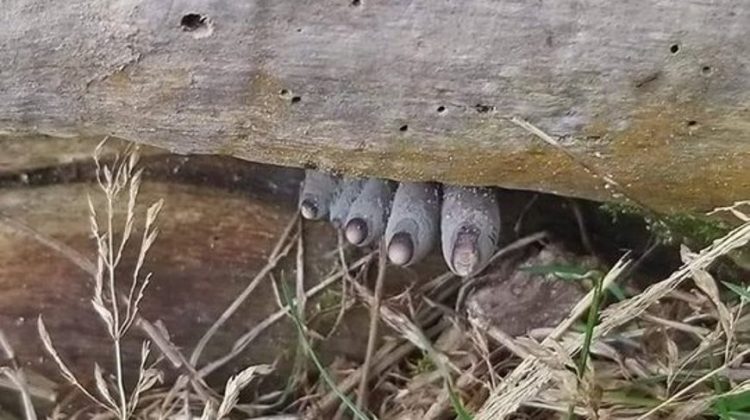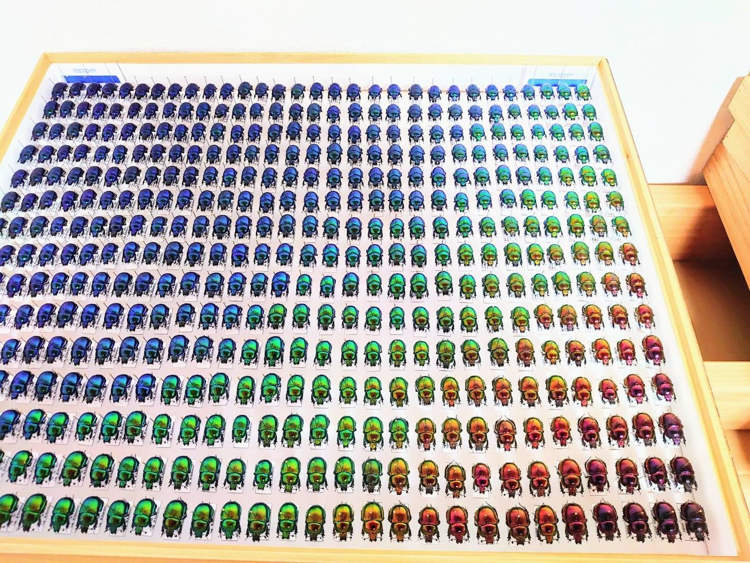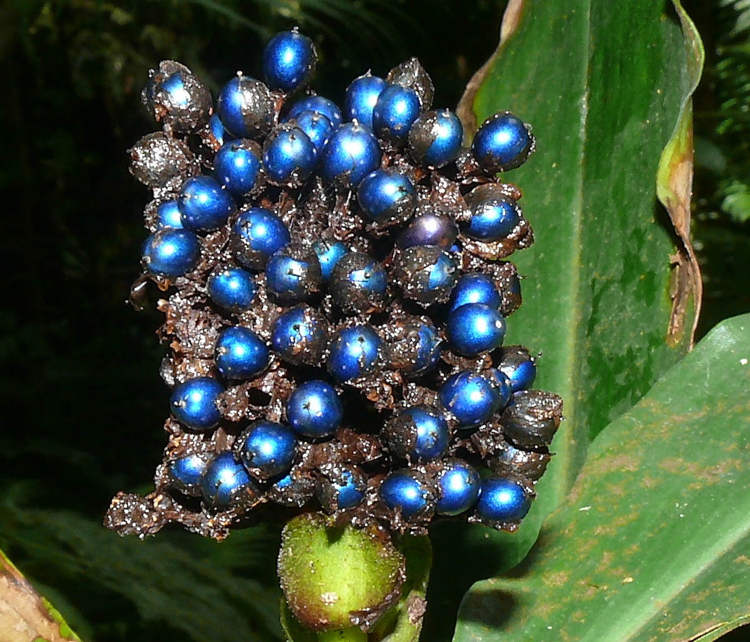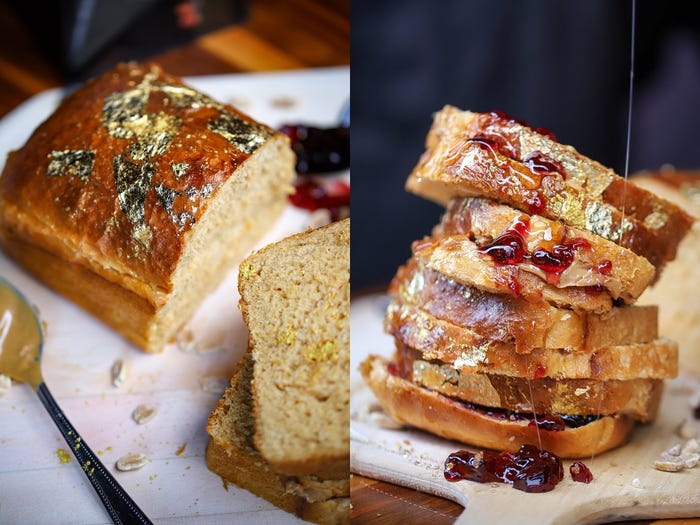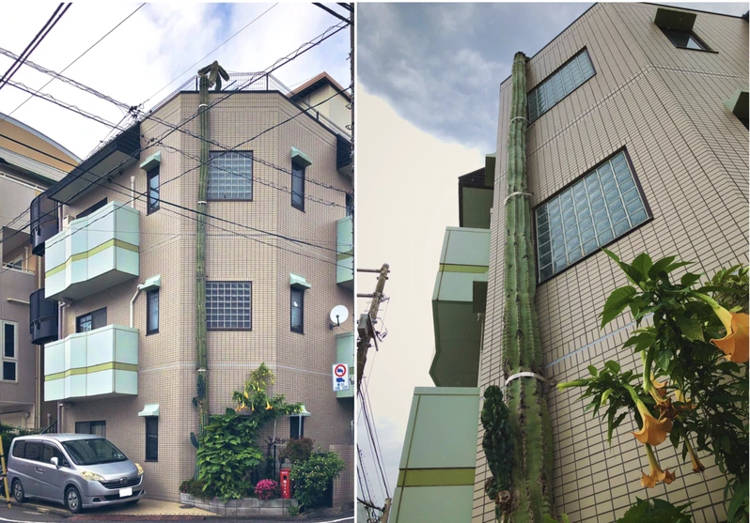A photo of what looks like a creepy zombie foot peeking from under a log has been doing the rounds on Twitter this week, confusing a lot of people and blowing the minds of others.
Believe it or not, this picture shared online by Indian Forest Service officer Susanta Nanda isn’t taken out of a horror movie, nor is it showing the toes of an actual zombie or a real-life White Walker. Nanda actually challenged his followers to identify the animal, which was just as misleading as the photos, because what you’re looking at isn’t an animal but a fungus aptly named “Dad Man’s Fingers”.
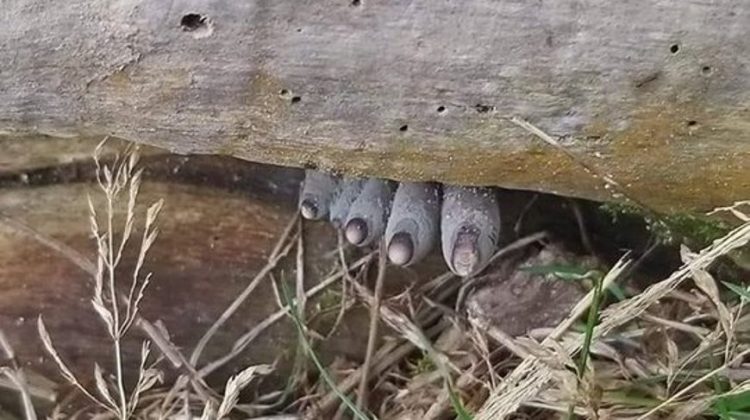
Photo: Susanta Nanda/Twitter
Xylaria polymorpha, commonly known as Dead Man’s Fingers, is a type of fungus that, like its name suggests, looks a lot like the grey fingers of a dead person. It’s true that in this particular case the fungus actually passed as human toes, which in my opinion only makes it creepier.
Commonly found in forest and woodland areas, this eerie-looking fungus grows from the bases of rotting or injured tree stumps and decaying wood and takes its common name from its elongated upright stromata poking from the ground like fingers. However, despite its morbid appearance, this fungus is innocuous to humans.
While Xylaria polymorpha is indigenous to the regions of Nepal, Bhutan and Northeastern India, it can also be found in regions of the United States, including the Rocky Mountains. Interestingly, its color varies from white to blue and black throughout its life cycle. The fingers are white at first, then turn pale blue as they grow, and finally turn black before drying up.
Believe it or not, although not technically edible, blue Dead Man’s Fingers are cooked and eaten in parts of China. As they darken, they become harder to digest and are only used as decoration.
As a wood decaying fungus, Dead Man’s Fingers also has a practical use in the making of violins. According to James Murray, they are used to increase the acoustic properties of wood used to make violins. The wood’s density is decreased by controlling the degree of decay, before the fungus is killed with ethylene oxide to prevent further wood rot.

